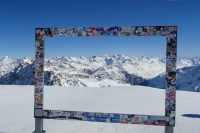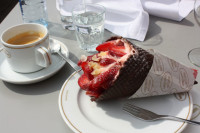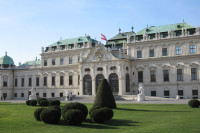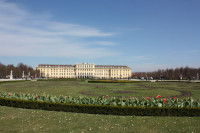Travel
Where to today? Stift Melk: one of the greatest European Baroque Abbeys
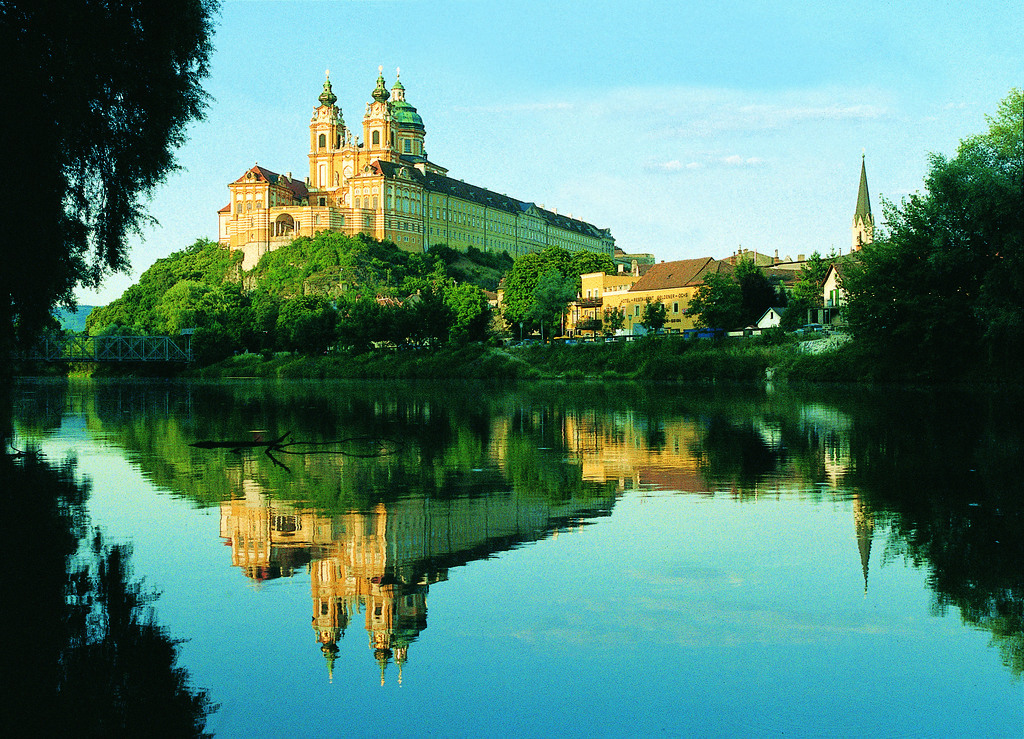
Stift-Melk-©-Niederösterreich-Stift-Stift Melk-©Werbung-Lois-Lammerhuber
“Melk?,” I replied perplexed.
What could be so interesting in a town I had never heard of that Roman, my long time friend from Vienna, would want to bring me there? I started to wonder.
Then, he continued: “Don’t worry, you will enjoy the day, I promise”. He knew me well.
Just one look at the outside building and I was already content and eager to see more. I understood why the empress and so many visitors have been drawn to the Austrian Benedictine abbey for centuries.
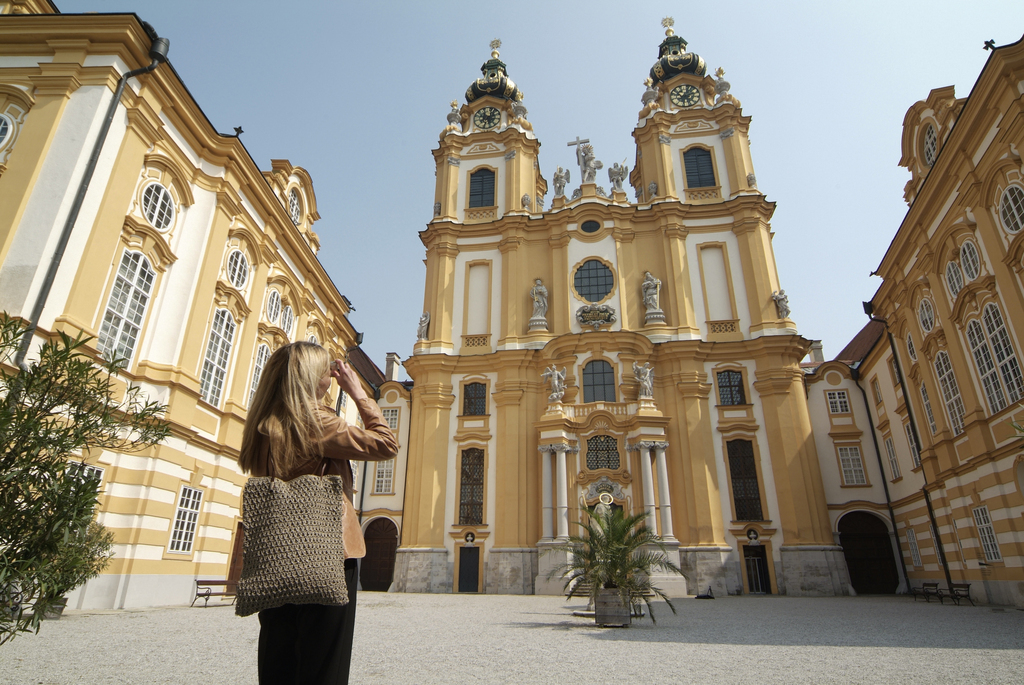
Stift Melk, © Donau Niederösterreich Steve Haiderfile
A little history about the Abbey:
First a fortified castle from the Babenberg family, it became a monastery in 1089. Two fires destructed the buildings, in the 13th and in the mid 18th centuries.
The Baroque style was added in 1736, when the construction ended after 34 years of laborious work. Many well-known artists such as Jakob Prandtauer and Paul Troger contributed to the splendor of the Melk Abbey. During the first fire, many manuscripts in the library were lost. After the second one, a decade was needed to reconstruct the damages.
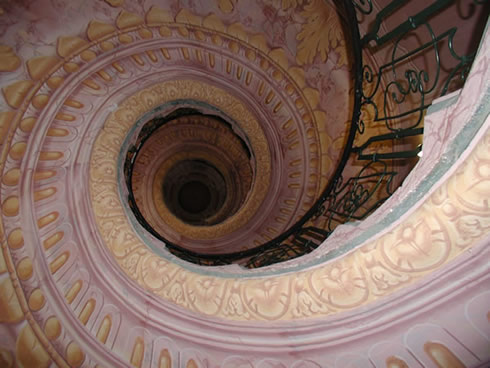
Amazing staircase in the monastery of Melk – credits Vivamost
In 1989 for the 900th year anniversary of Melk Abbey, it was again in the news. But already the author of The Name of the Roses, Umberto Eco, had used the place as the starting setting in his fiction novel. In 1986, it was made into a film with Sean Connery.
Recently for the 250th birthday anniversary of Mozart, due to the close connection the composer had with the place, a concert was held in the church.
But what should you not miss during your visit?
- the outside facade of the church and the inside for its frescoes
- the library holding 100,000 old books and 1800 rare manuscripts
- the staircase going from the church to the library, which looks like a shell
- the marble Hall with its beautiful frescoes, especially the astonishing ceiling fresco
- the view of the Danube valley from the church platform
- the Baroque gardens
- the International Festival of Baroque Music yearly at Pentecost
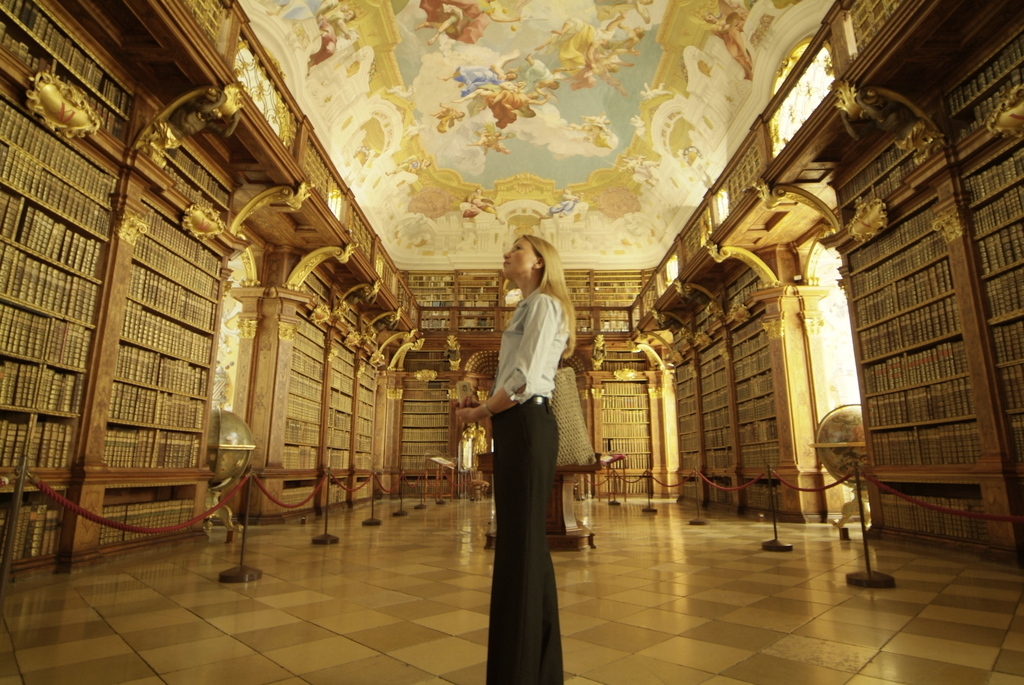
Stift-Melk-Bibliothek-©-Donau-Niederösterreich-Steve-Haider
Where is it?
- Melk is on the Danube river located in the Wachau valley, a region on the list of the Unesco sites since 2000. It is also famous for its wines. It is a perfect travel destination when visiting Vienna or Salzburg. There are also many castles and hiking trails in the area.
- You can reach Melk by train, car or by ship. Take the Highway A1 or Route 3 for a more sightseeing and scenic road.
- Melk Abbey address: Abt-Berthold-Dietmayr strasse 1 3390 Melk. 0043(0)2752-555-0. It offers guided tours for groups in addition to unguided tours.
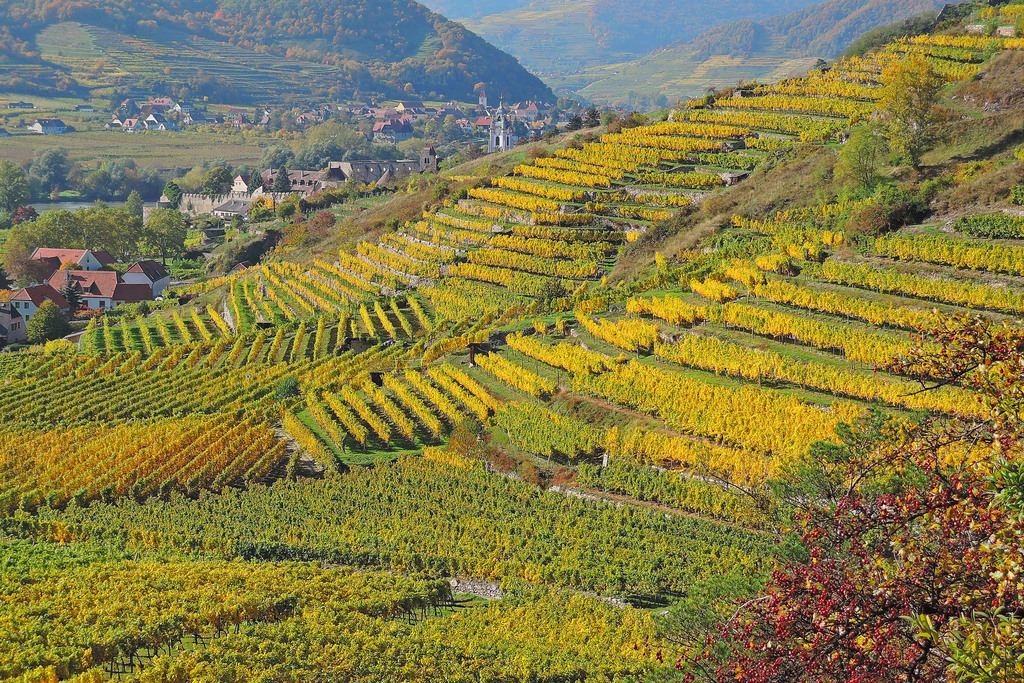
Herbstliche Weinlandschaft, Dürnstein, © Donau Niederösterreich Michael Bernleitner

